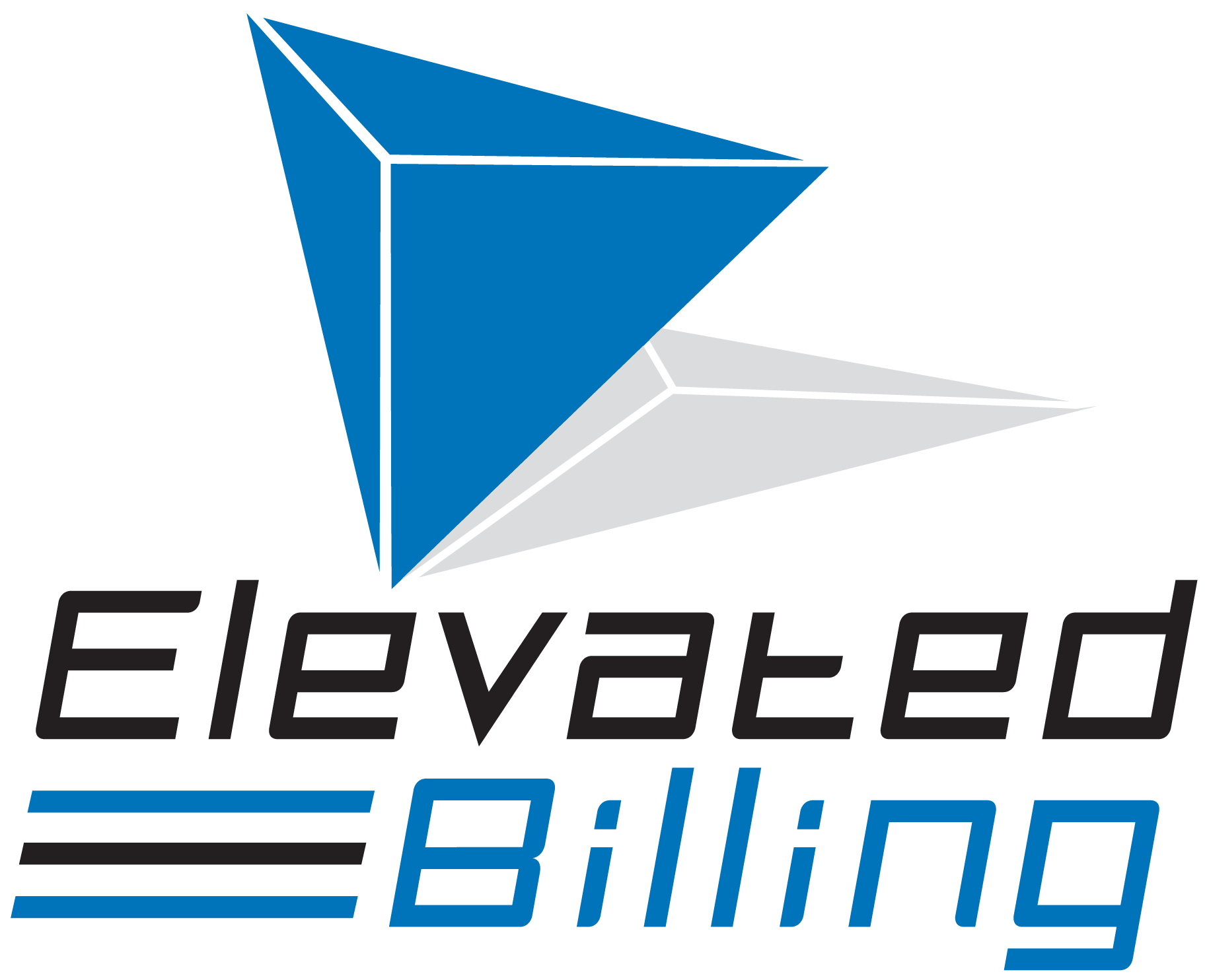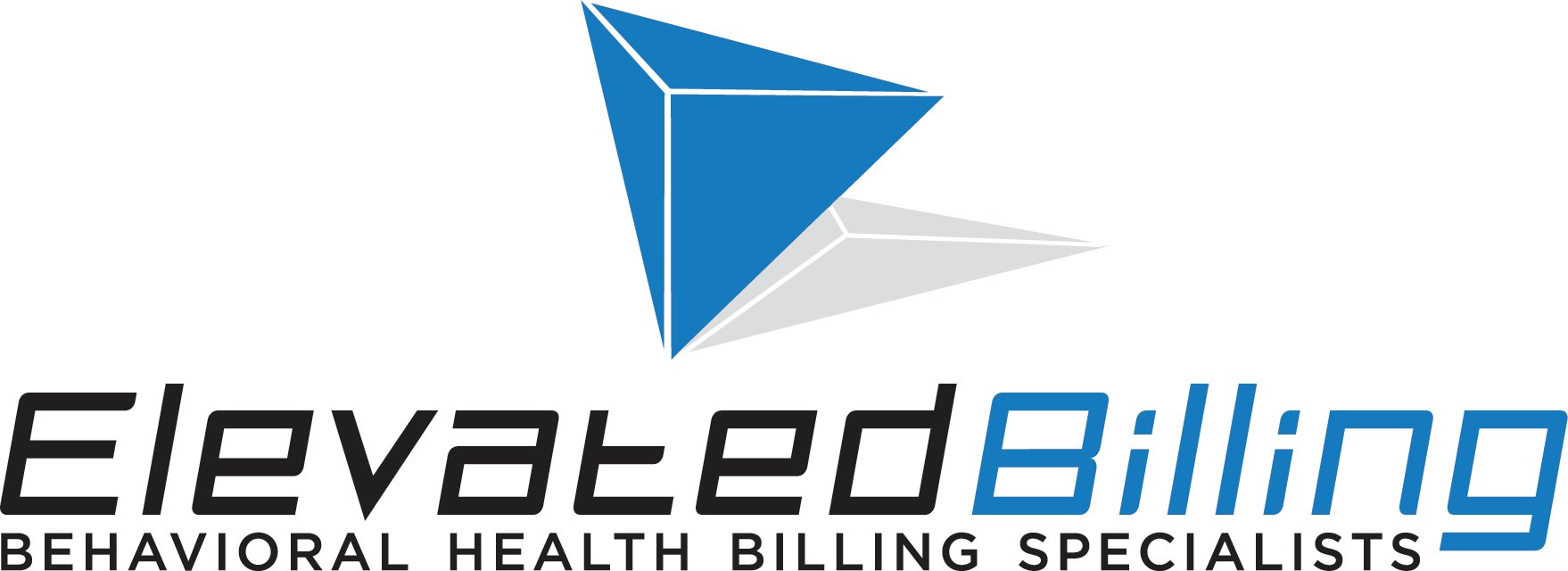Are you keeping up with reimbursement and billing code changes for behavioral health? If not, you could be leaving money on the table.
Today’s Behavioral Health Reimbursement Landscape: 4 Ways Your Facility May Be Underbilling
With nearly 44 million Americans affected by behavioral issues, there have been many changes affecting reimbursements over the past few years. Part of this shift includes creating collaborative behavioral and physical health treatment plans, which many facilities are beginning to take advantage of by hiring physicians to deliver a full range of care.
While many of the changes are good news for both treatment centers and the patients they serve, it can be difficult to keep up with new billing codes and level-of-care plans. The result is that we’re seeing many facilities with missed opportunities to bill for the full range of services they provide, which translates to lower reimbursement rates and potentially an “unhealthy” revenue cycle.
How about your facility? Here are four areas where we frequently identify underbilling situations:
#1: The initial assessment
Are you correctly billing for the initial evaluation before admitting a new patient? These are usually conducted by a licensed clinician or doctor, and as such can and should be billed for reimbursement.
#2: Additional services rendered
During treatment, a doctor, psychiatrist or other clinician may provide additional services that can be billed outside of the established treatment plan. For instance, make sure that you are billing for treatment of physical health issues that may arise during treatment.
#3: Outpatient services
Are you re-capturing the cost of check-ups or follow-ups after the initial treatment period? This includes both individual and group counseling sessions, as well as any other visits to your clinicians as an outpatient.
#4: Authorized days
Make sure you’re billing for all of the authorized days for a patient. Often there can be discrepancies between the number of days authorized and the days actually billed.
Cost analysis and assessments are essential
Your treatment center can’t afford to not bill for all the services performed on behalf of your patients. The best way to make sure you’re not leaving money on the table and possibly impacting cash flow needed for your valuable programs is to conduct an annual assessment or audit of the services rendered and billed.
One word of caution: beware as well of the risk of overbilling and having a claim be denied based on the level of care. One way to limit your risk while identifying legitimate opportunities to bill in full is to work with an independent third party with specialized expertise in the complexities of insurance and reimbursement. This third party can review or conduct an assessment and provide appropriate input and guidance.




